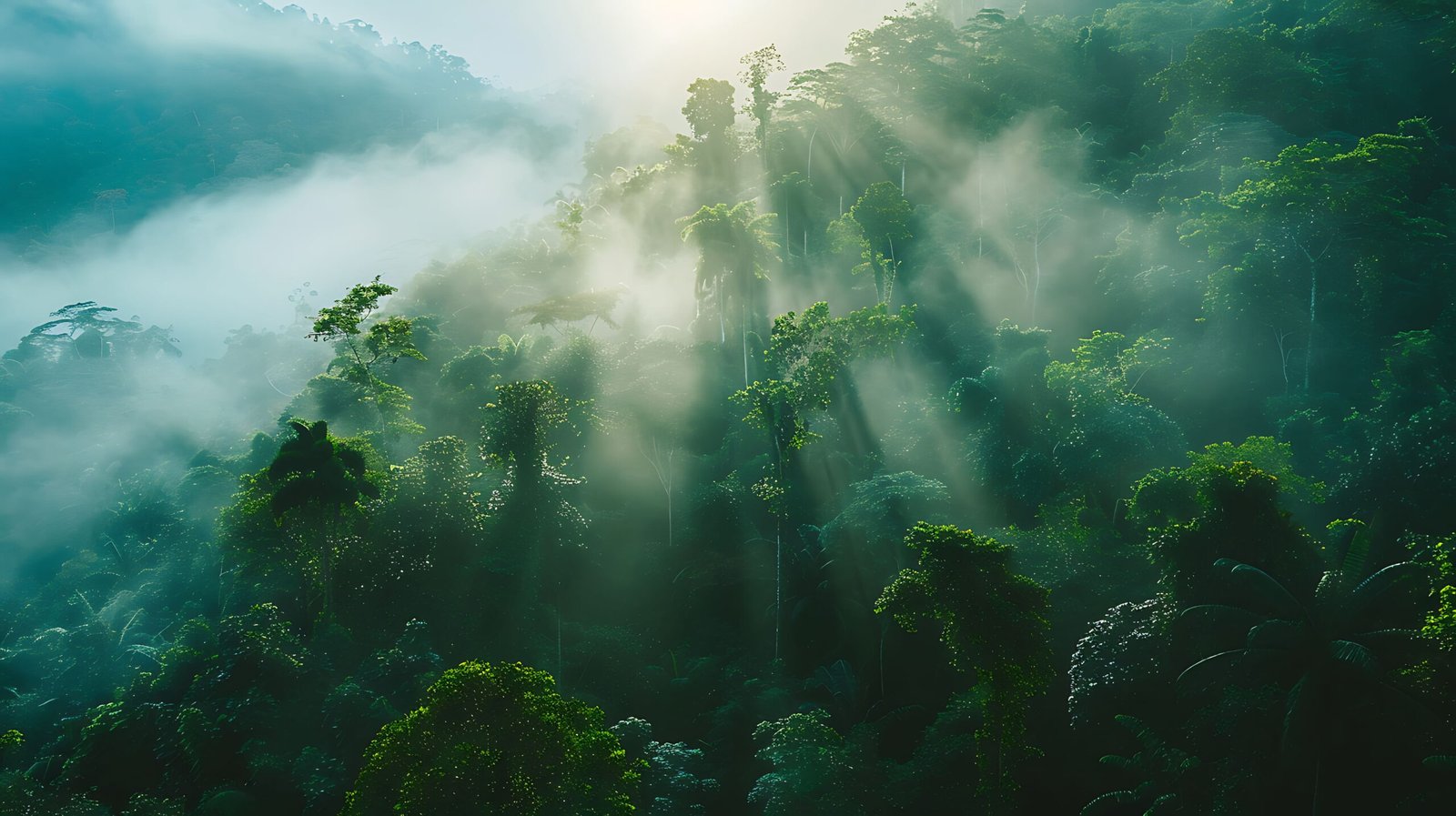Sinharaja National Forest is Sri Lanka’s last remaining virgin tropical lowland rainforest and a designated UNESCO World Heritage Site and Biosphere Reserve. Located in the island’s southwestern wet zone, this dense, misty jungle is a biodiversity hotspot, home to countless endemic species of plants, birds, insects, reptiles, and mammals — including the vibrant Sri Lanka Blue Magpie and the shy purple-faced langur. Guided walking tours are available year-round from entry points like Kudawa and Deniyaya, offering an immersive experience into one of the world’s most unique and fragile ecosystems. A visit to Sinharaja is not just a hike — it’s a journey into the heart of Sri Lanka’s living natural heritage.
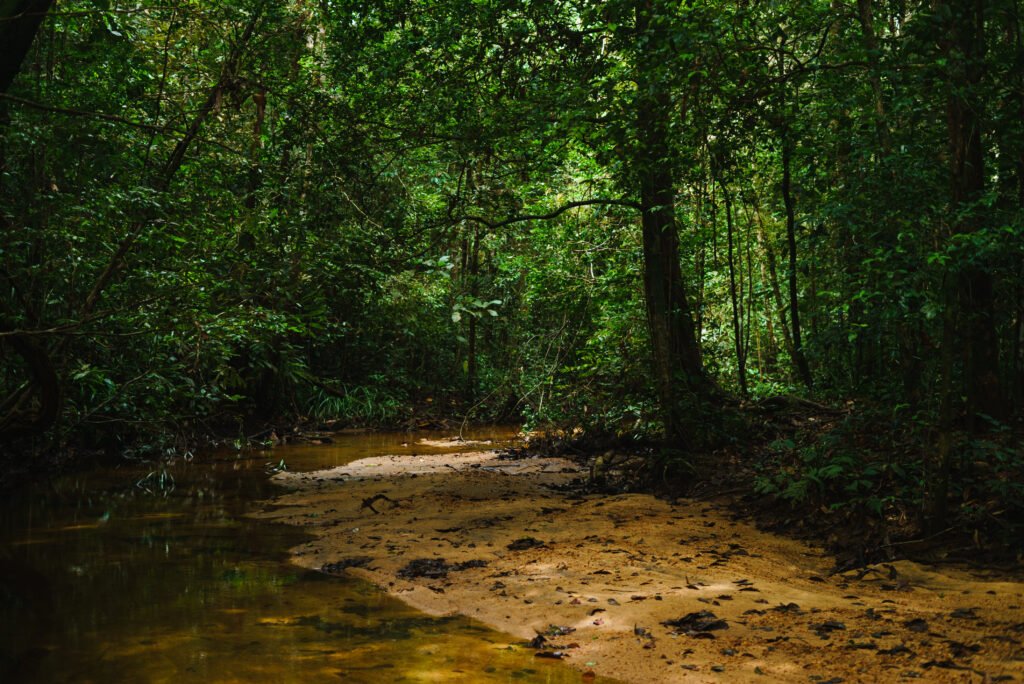
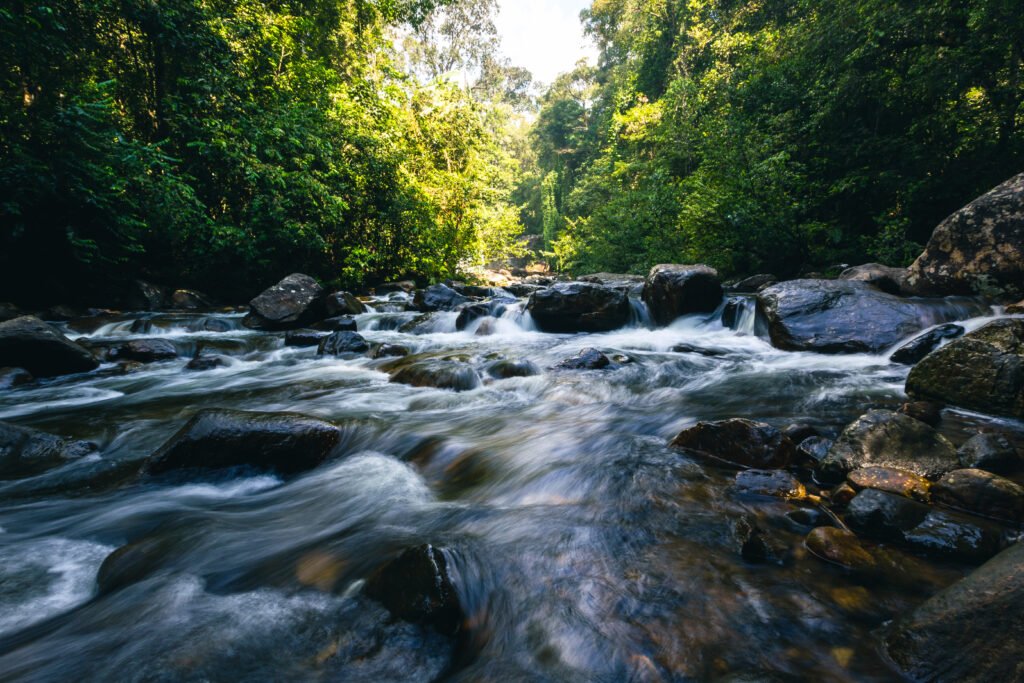
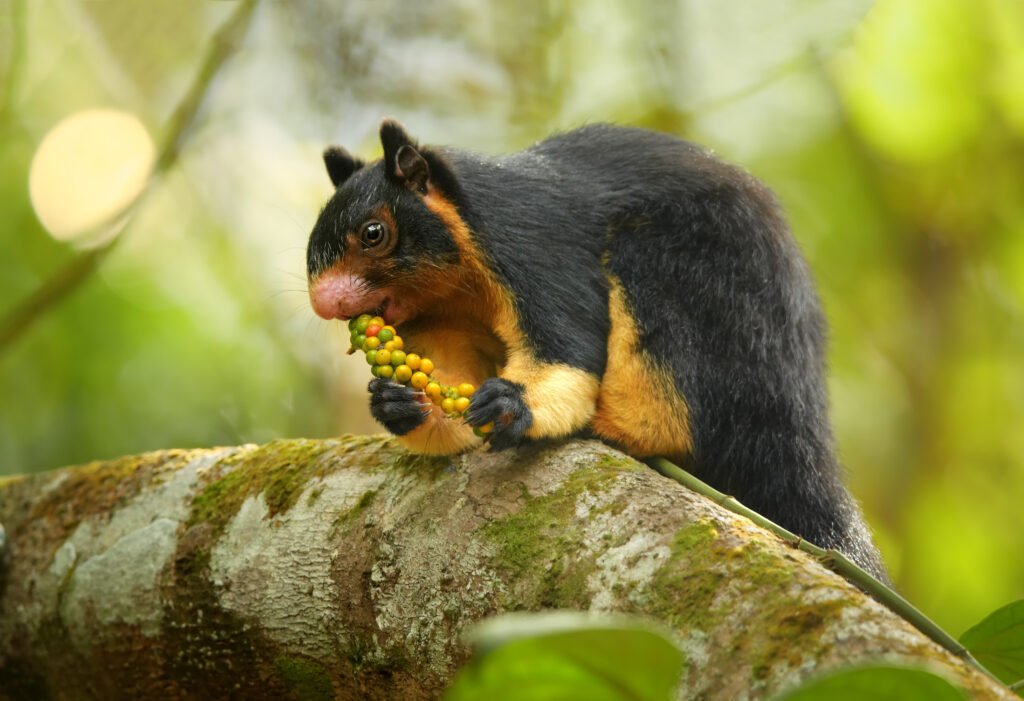
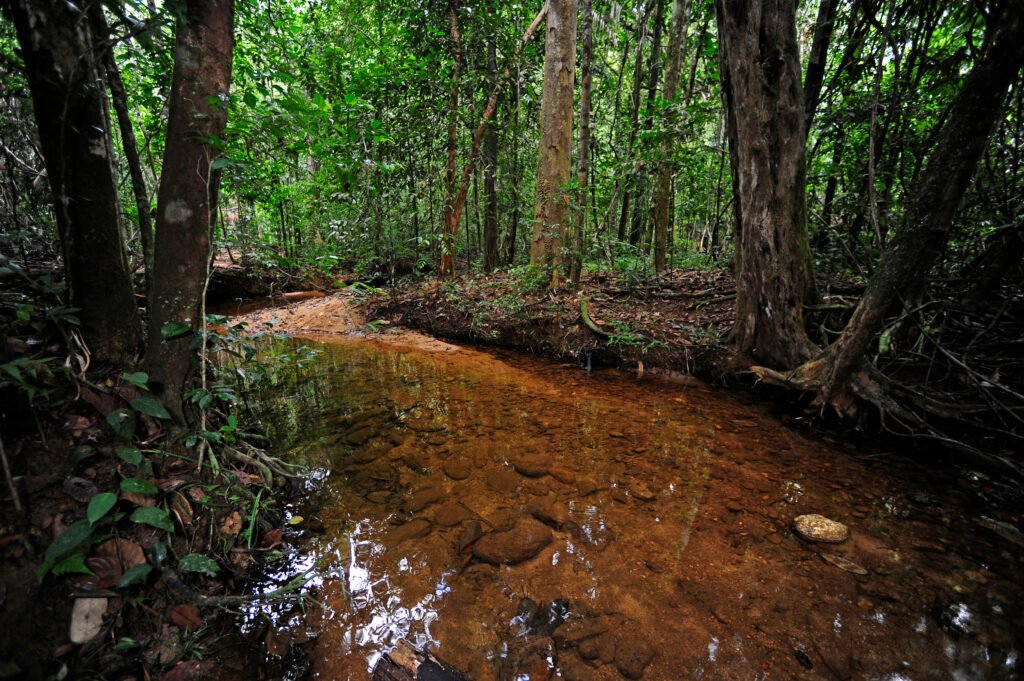
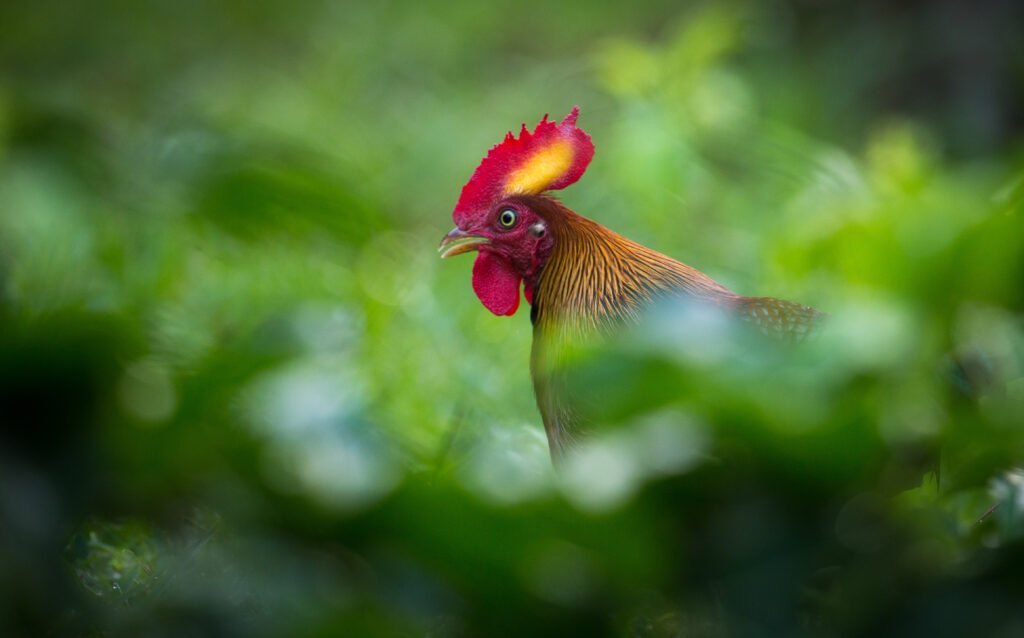
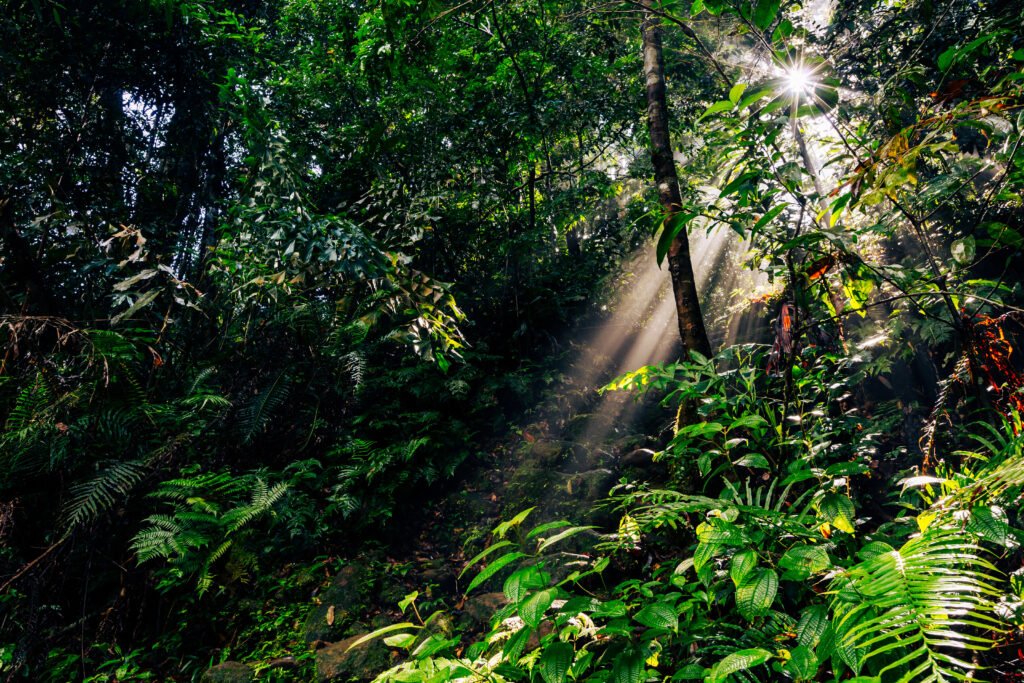
Tucked away in the lush southwestern wet zone of Sri Lanka lies a living relic of ancient times — the Sinharaja Forest Reserve. As the island’s last remaining virgin tropical lowland rainforest, Sinharaja is more than just a forest; it’s a UNESCO World Heritage Site and Biosphere Reserve, revered for its ecological importance and stunning biodiversity.
A Biodiversity Hotspot
Sinharaja, meaning “Lion King,” is a biological treasure trove that shelters an astonishing range of endemic flora and fauna. Nearly 60% of the trees found here are endemic to Sri Lanka, and many of them are considered rare or endangered.
Among its most fascinating inhabitants are:
- 🐦 Sri Lanka Blue Magpie – a striking, elusive bird found only in this region
- 🐒 Purple-faced Langur – an endangered monkey species with expressive eyes and loud calls
- 🦎 Green Pit Vipers, Kangaroo Lizards, and a colorful array of amphibians and insects
- 🌿 A rich diversity of orchids, ferns, and medicinal plants
One of the most thrilling experiences in Sinharaja is encountering mixed-species bird flocks, a phenomenon rarely seen elsewhere in the world. Birdwatchers from across the globe visit Sinharaja to witness this natural spectacle.
Exploring the Forest
While it may feel like an untouched wilderness, Sinharaja is accessible to eco-conscious travelers and nature enthusiasts through guided walking tours, which are required for conservation reasons.
🥾 Popular Entry Points:
- Kudawa (northwestern entrance) – near Ratnapura, ideal for first-time visitors
- Deniyaya (southern entrance) – a quieter gateway, perfect for longer hikes
Trained guides lead you along forest trails ranging from short walks to half-day treks, sharing insights into the rich ecology, history, and hidden life of the forest. Trails often follow streams, cross wooden bridges, and lead to viewpoints or small waterfalls.
When to Visit
Sinharaja is open year-round, but the best time to visit is during the drier months between January–April and August–September. Even then, brief showers are common — this is a rainforest, after all — so packing light rain gear is a good idea.
A Forest Worth Protecting
Sinharaja is more than a destination — it’s a living, breathing classroom, a symbol of Sri Lanka’s natural heritage, and a vital ecosystem in a rapidly changing world. Strict conservation efforts are in place to protect this fragile environment, and visitors are encouraged to travel responsibly.
Whether you’re a nature lover, hiker, birdwatcher, or photographer, a journey into the heart of Sinharaja offers an unforgettable glimpse into Sri Lanka’s wild soul — one of mist, songbirds, giant trees, and the quiet hum of ancient life.

